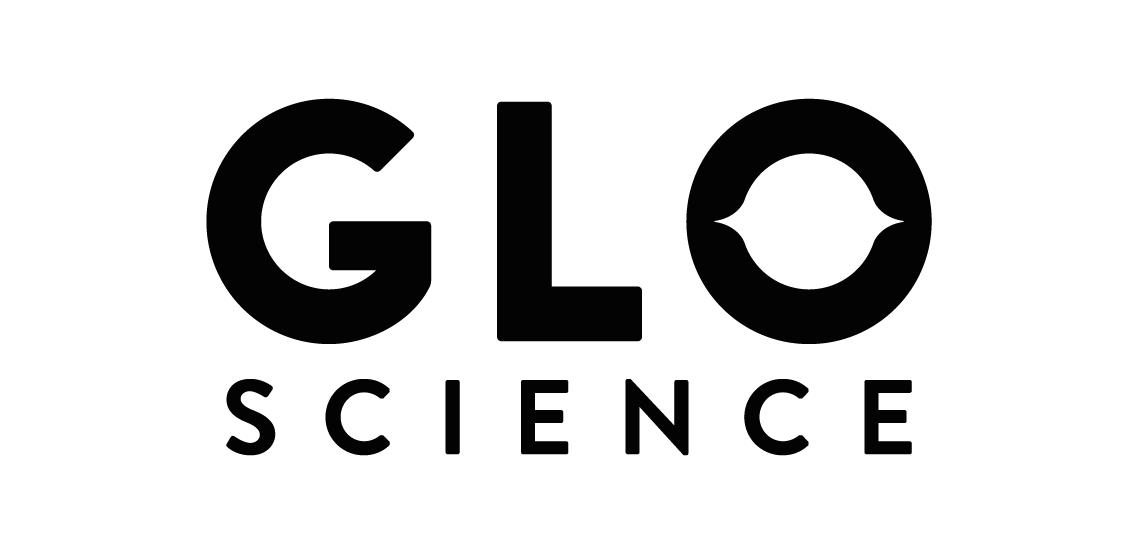
Teeth Whitening: Best Types and Techniques for a Brighter Smile
Your smile is one of your most powerful assets. It makes a positive first impression, boosts your confidence, and even has a powerful impact on your mental and physical health. But what if coffee, tea, or even just aging has taken a toll on your pearly whites? The good news is a brighter smile is within reach! This blog delves into teeth whitening, exploring the various methods available to help you achieve that picture-perfect grin. We'll break down the different types of teeth whitening treatments, compare their effectiveness, and guide you toward choosing the best option for your unique needs.
What is Teeth Whitening?
Teeth whitening is a cosmetic dental procedure that lightens the discoloration of your teeth. Over time, teeth can become stained due to different factors like consuming pigmented foods and drinks, like coffee and red wine, smoking, certain medications, and even the natural aging process. Teeth whitening treatments work by penetrating the tooth enamel (the outer shell of the tooth) to break down these stain molecules into smaller, less visible particles. Thus, the teeth appear lighter and brighter.
Types of Teeth Whitening Methods
There are three different types of teeth whitening that you may have come across: in-office professional whitening, at-home whitening, and natural remedies that you can do yourself. Let’s explore each.
In-Office Whitening Procedures
In-office whitening is a professional teeth whitening treatment performed by a dentist. This type of whitening typically utilizes higher concentrations of the whitening agent (usually hydrogen peroxide). It can lighten your teeth in several shades in one appointment or over multiple sessions, depending on the case. It can be accompanied by laser light that activates the whitening agent, making the process slightly faster and more effective. This treatment option is ideal for those seeking a quick and dramatic change.
At-Home Whitening
At-home whitening comes in a few different forms. The ever-popular whitening strips are thin, flexible patches with a whitening gel that sticks to your teeth for gradual brightening. On the other hand, whitening trays are custom-fitted (by your dentist) or come in pre-filled versions for a more comfortable fit and stronger whitening power. Finally, whitening toothpaste is your everyday option, containing mild abrasives and gentle bleaching agents to maintain your pearly whites or tackle surface stains. While toothpaste won't tackle deep discoloration, it's a great choice for subtle improvements or post-whitening maintenance.
Natural Teeth Whitening Methods
Several natural remedies are acclaimed for whitening teeth. However, it's important to note that the effectiveness of these methods is often limited and may not be scientifically proven. These DIY remedies include brushing with a mixture of hydrogen peroxide and baking soda. Another method is oil pulling. This practice involves swishing oil (usually coconut oil) around your mouth for an extended period. While oil pulling may improve oral health by removing bacteria, its teeth-whitening effects are uncertain.
Comparing Teeth Whitening Techniques
Now that you're familiar with the different types of teeth whitening let's compare them based on key factors:
1. Effectiveness and Duration of Results:
- In-Office Whitening: Most effective, offering significant whitening (several shades) in a single session. Results can last up to a year with proper maintenance.
- At-Home Whitening: Effectiveness varies depending on the type. Kits and strips can provide noticeable results within a few days or weeks, lasting several months. Whitening toothpaste offers minimal whitening but is suitable for maintenance.
- Natural Methods: Baking soda may slightly improve surface stains, while oil pulling's whitening effects are unproven.
2. Costs Involved:
- In-Office Whitening: Most expensive option, typically ranging from a few hundred to a thousand dollars depending on the treatment and dentist.
- At-Home Whitening: More affordable than in-office procedures. Strips and trays can range from $20 to $300.
- Natural Methods: These are the least expensive, but if no results can be obtained, it’s considered unnecessary expenses buying ingredients you don’t need.
3. Risks and Side Effects:
- In-Office Whitening: Generally safe but may cause temporary tooth sensitivity or gum irritation depending on the technique used.
- At-Home Whitening: Similar risks to in-office procedures, but with potentially less intense side effects due to lower concentrations of bleaching agents.
- Natural Methods: Baking soda can damage enamel with overuse, while oil pulling may disrupt your oral microbiome if not done correctly.
Tips for Choosing the Right Whitening Technique
Choosing the best teeth whitening method depends on several factors:
- Your Teeth's Condition: If you have sensitive teeth, in-office whitening with desensitizing treatments might be a better option. Additionally, GLO whitening kits can be a suitable at-home whitening option for sensitive teeth.
- Desired Results: For a dramatic change quickly, in-office whitening is the way to go. Kits or strips are good choices if you prefer a gradual approach at home.
- Lifestyle and Maintenance: If you frequently consume staining foods and drinks, in-office whitening may need more frequent touch-ups. A whitening kit at hand can also serve for ongoing maintenance.
- Budget: In-office procedures are the most expensive, while natural methods are cost-effective but may not be as effective, and at-home kits offer a middle ground.
Consult your dentist before starting any whitening treatment, especially if you have pre-existing dental conditions or concerns. They can recommend the safest and most effective method for achieving your desired smile.
By understanding the different types of teeth whitening techniques and their pros and cons, you can confidently choose the option that best suits your needs and budget. With a little effort, you can be well on your way to a brighter, more confident smile!







